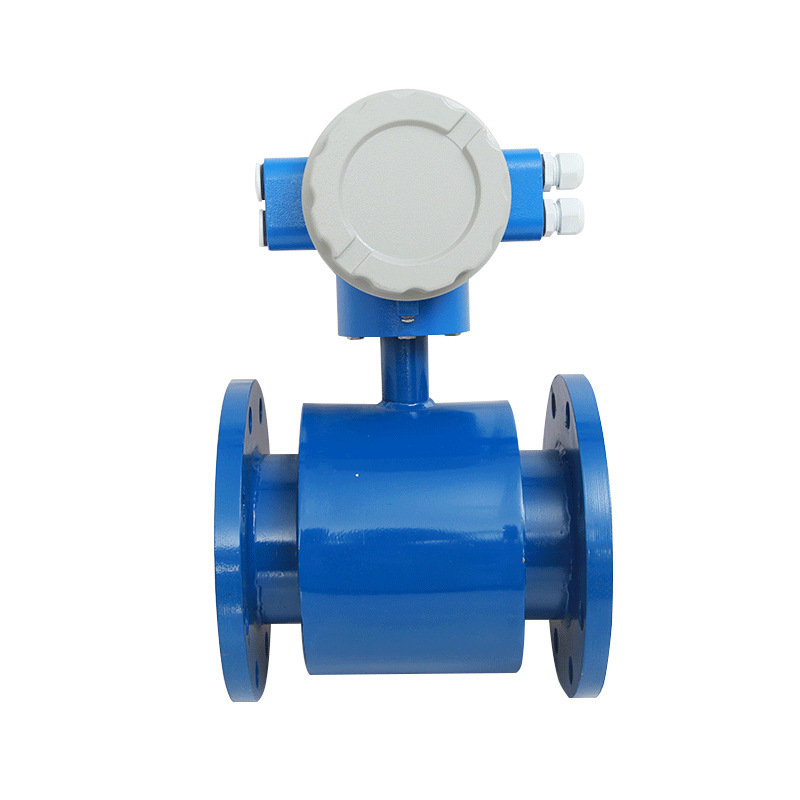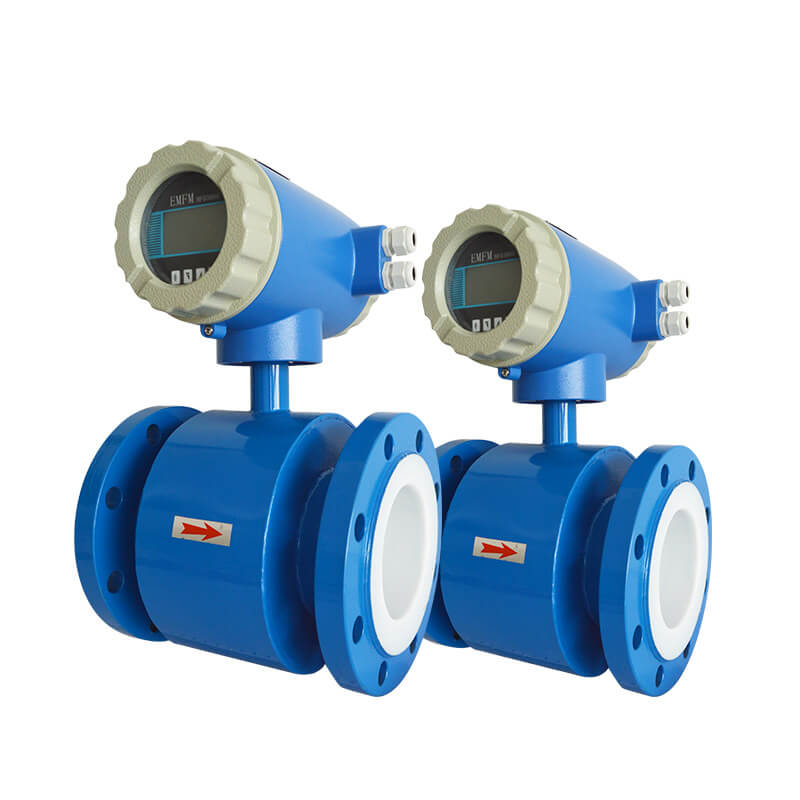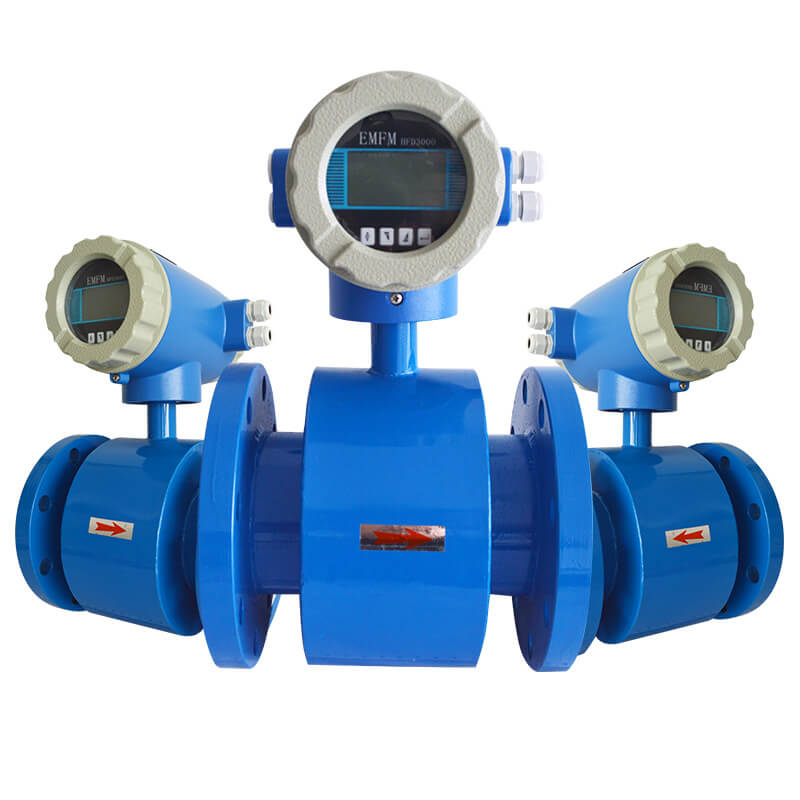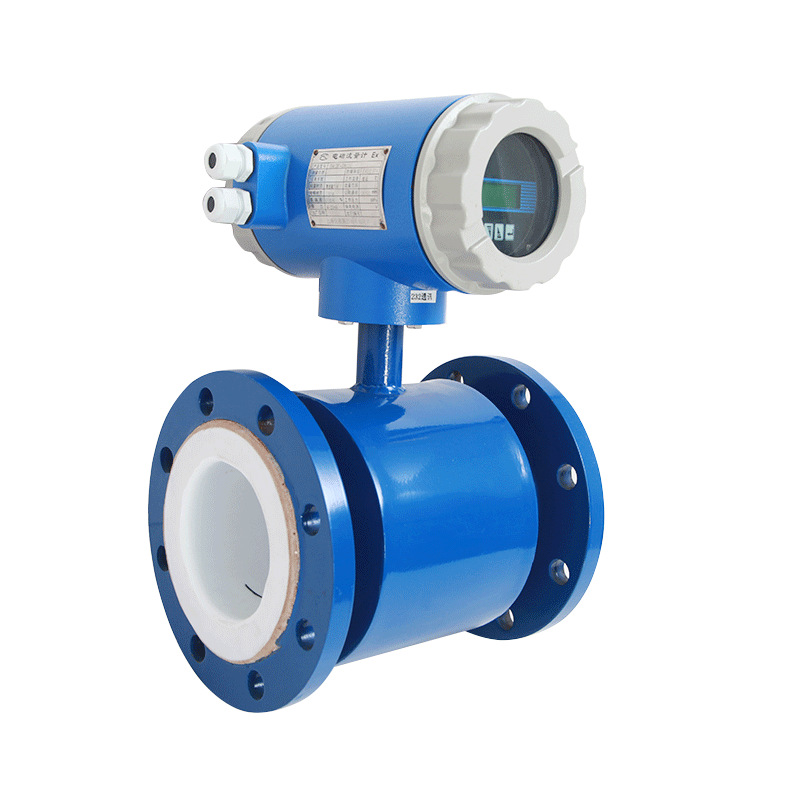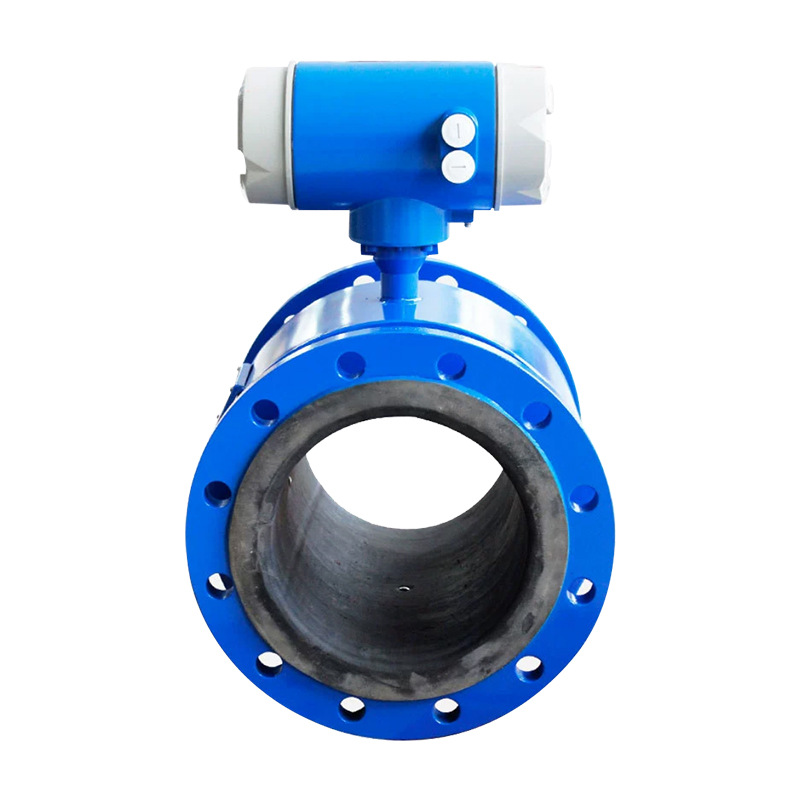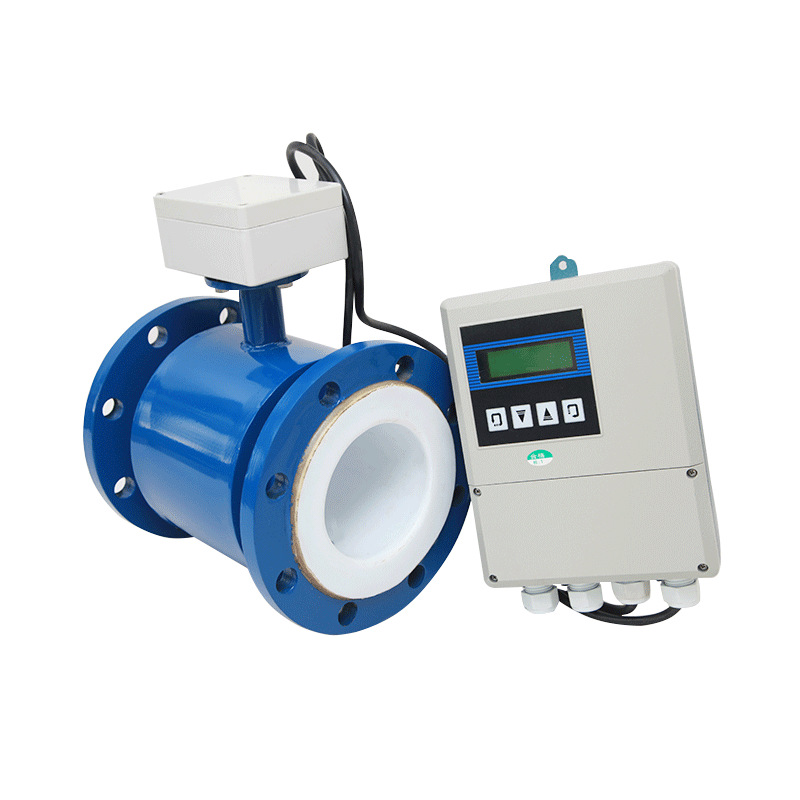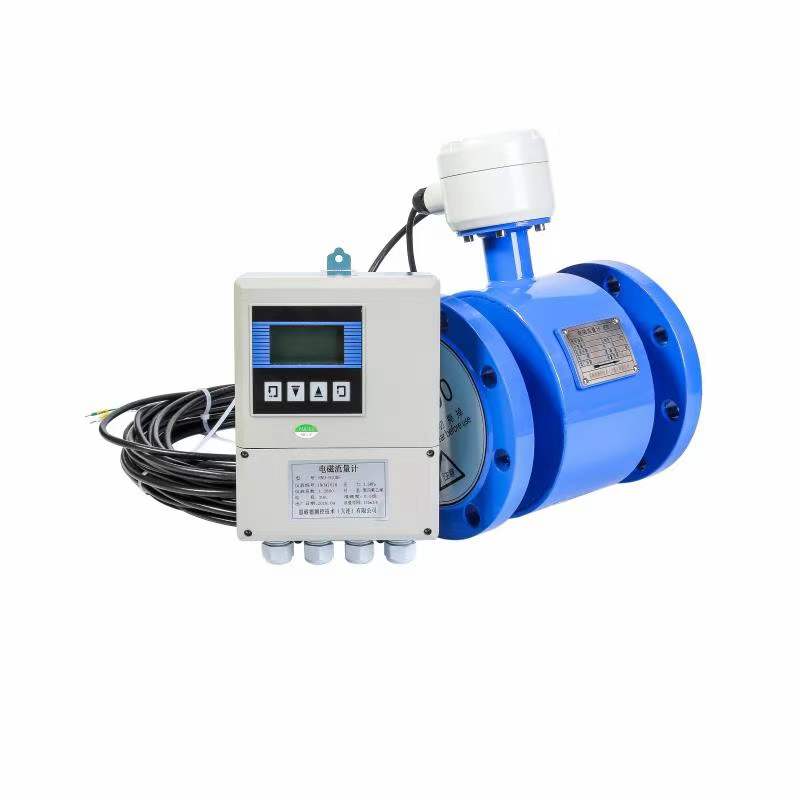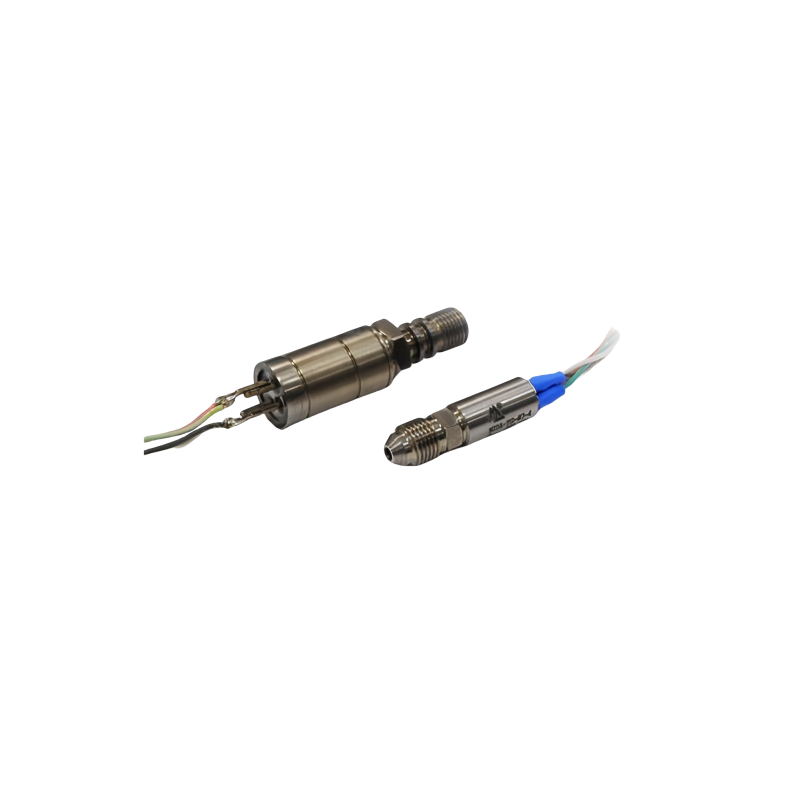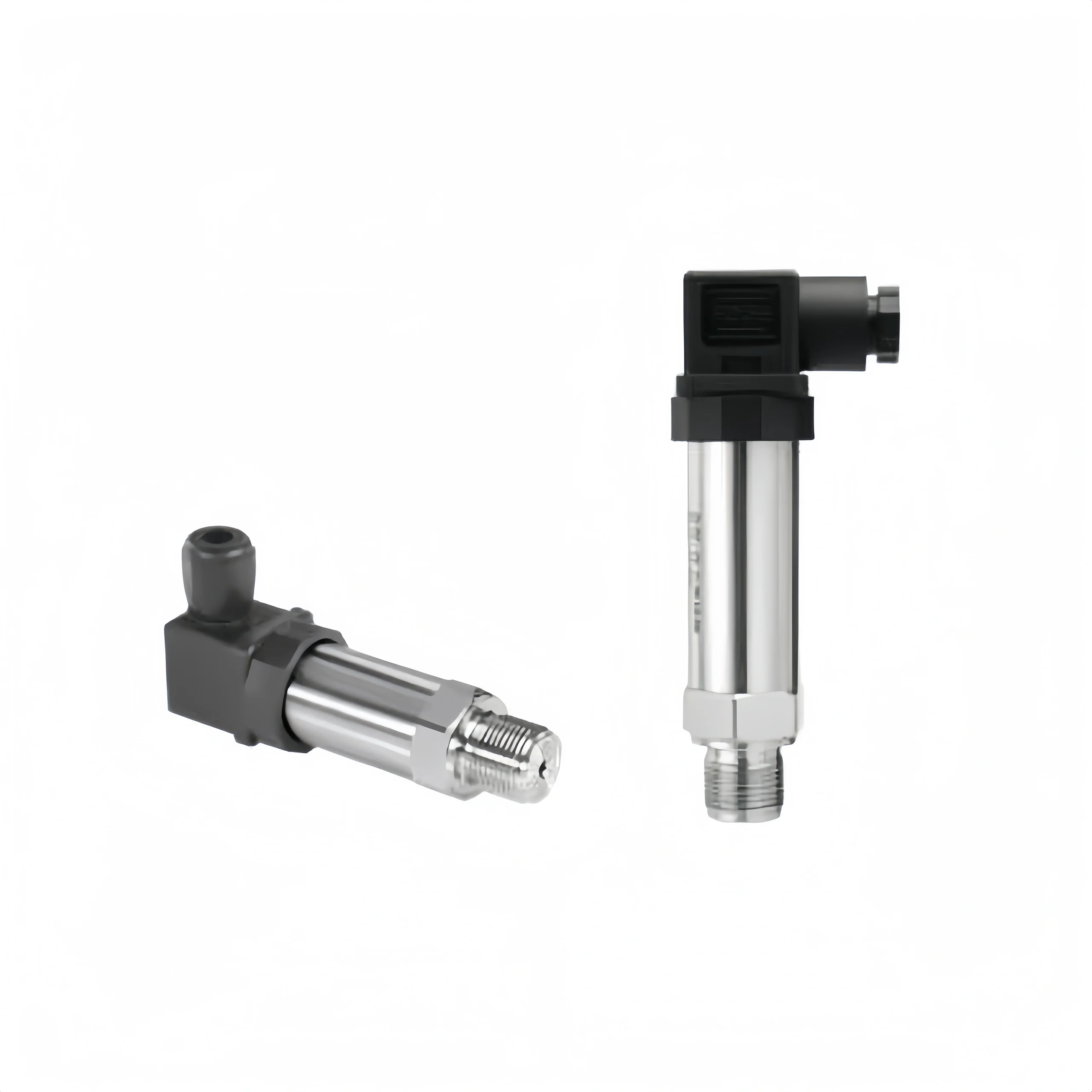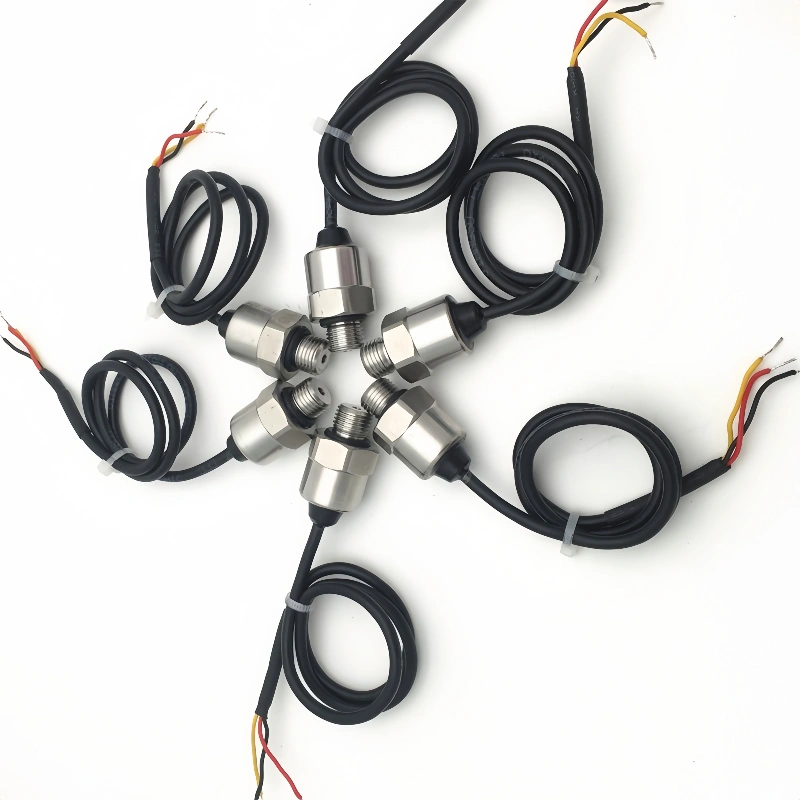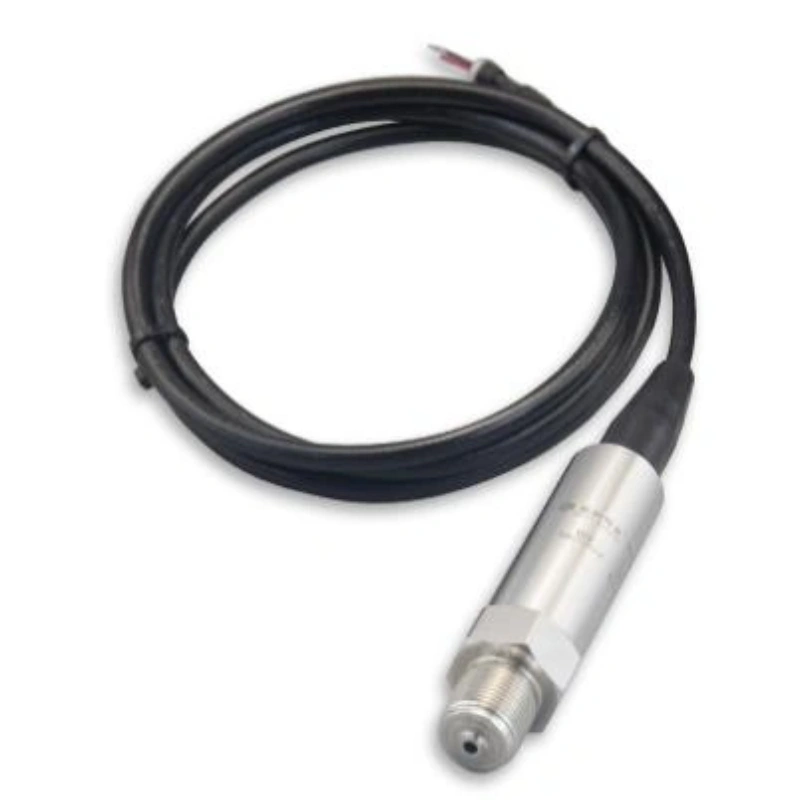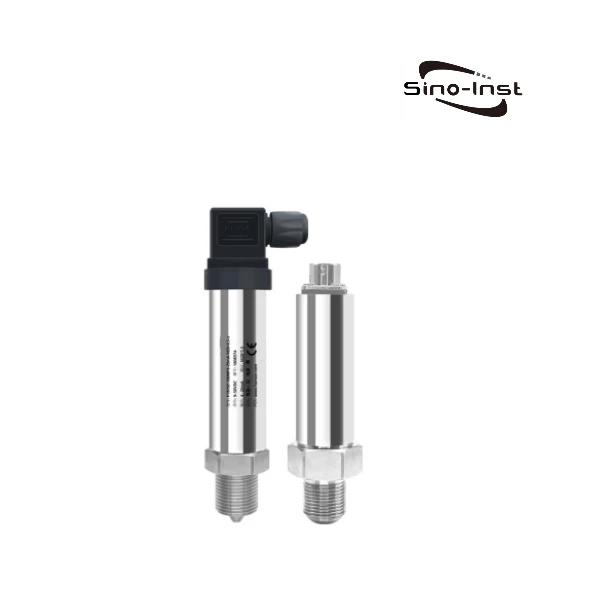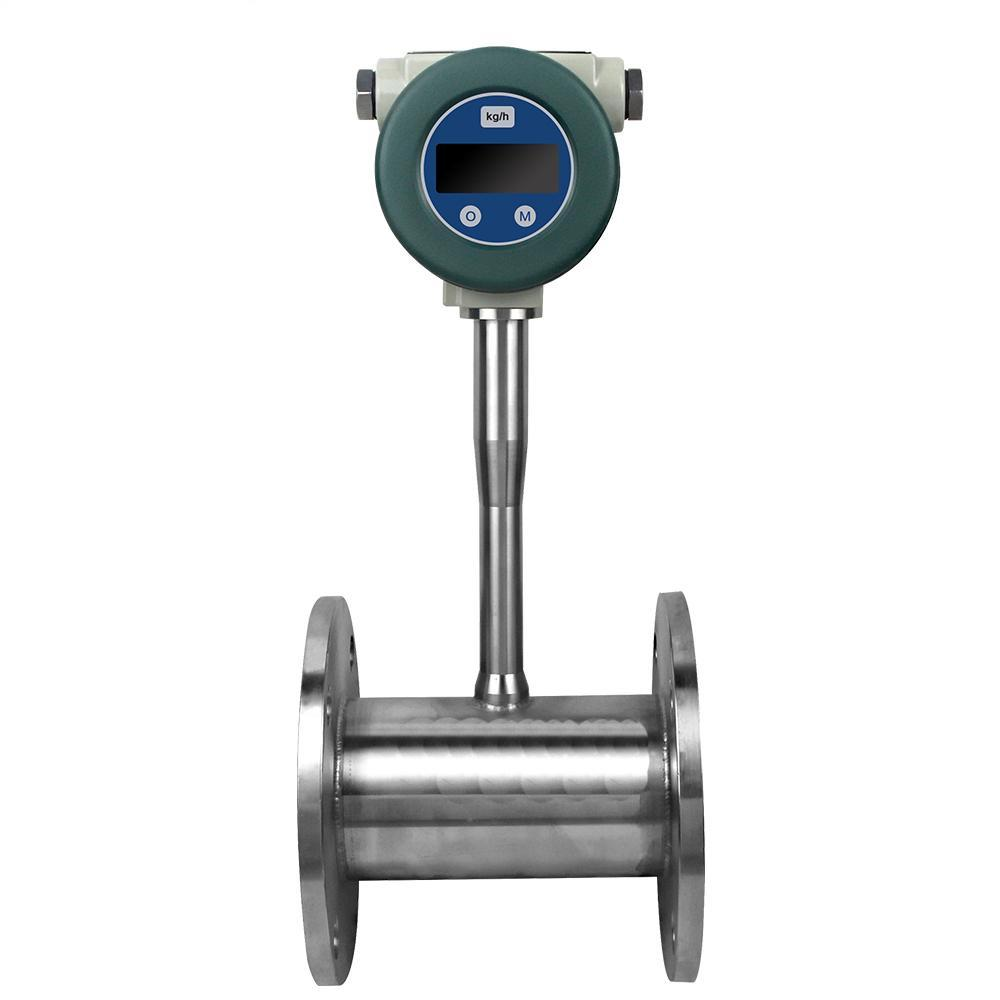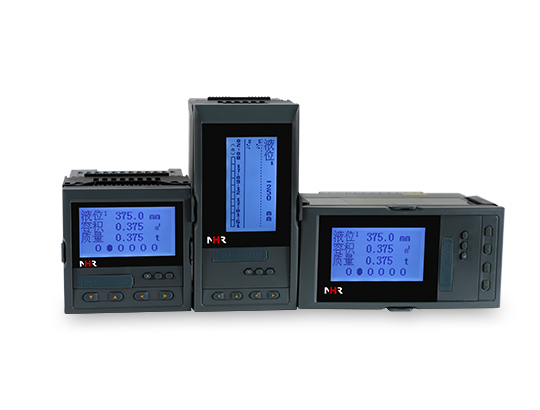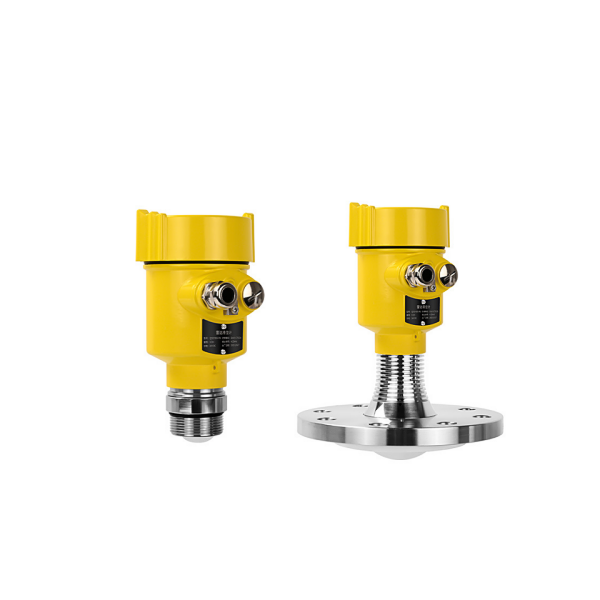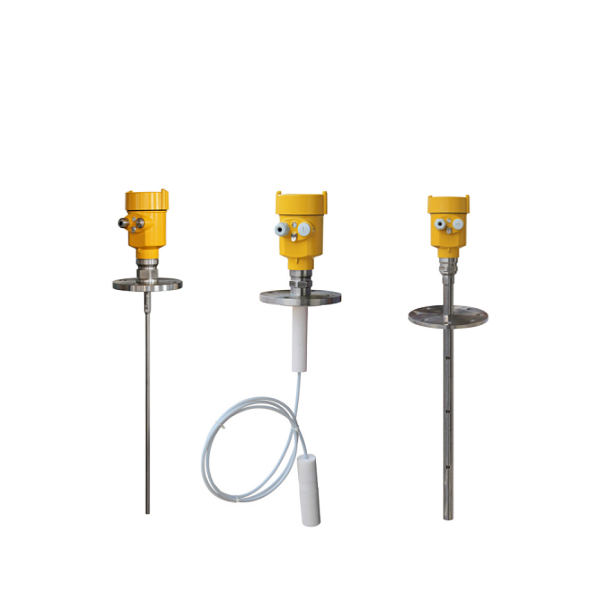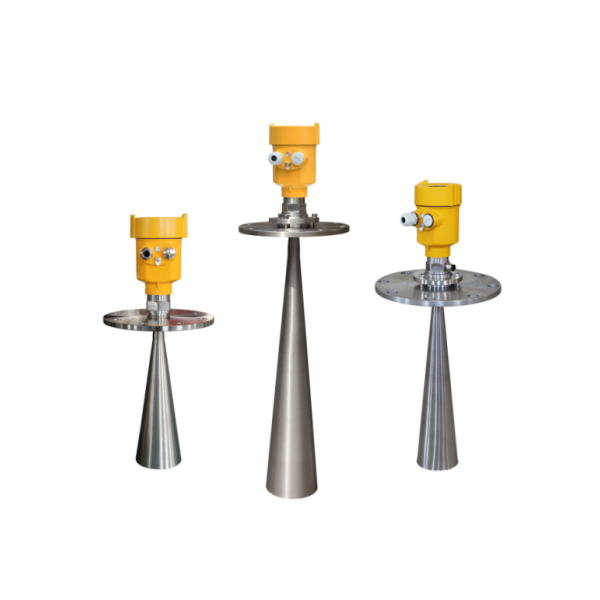What is an inline flow meter?
Inline flow meter refers to a type of flow meter that needs to be incorporated into the measuring pipe for installation. In other words, when installing an inline flow meter, you need to intercept a section of the original pipeline and install the flow meter on the intercepted pipeline.
Relatively speaking, flow meters that do not need to cut off the pipeline include external clamp flow meters, insertion flow meters, etc.
How does an electromagnetic flow meter work?
Electromagnetic flow meters utilize Faraday’s law of induction to detect flow. A pair of detection electrodes are installed on the tube wall perpendicular to the axis of the measuring tube and the magnetic field lines. When the conductive liquid moves along the axis of the measuring tube, the conductive liquid cuts the magnetic field lines to generate an induced electric potential. This induced potential is detected by two detection electrodes, and the value is proportional to the flow rate. Its value is: E=KBVD.
In the formula:
E – induced electric potential;
K – coefficient related to magnetic field distribution and axial length;
B – magnetic induction intensity;
V – average flow velocity of conductive liquid;
D – electrode distance; (measuring tube inner diameter)
The sensor transmits the induced potential E as a flow signal to the converter. After amplification, transformation and filtering, and a series of digital processing, the instantaneous flow and accumulated flow are displayed on a dot matrix LCD with backlight. The converter has 4~20mA output, alarm output and frequency output, and is equipped with RS-485 and other communication interfaces, and supports HART and MODBUS protocols.
What is conductivity of liquid?
When using an electromagnetic flowmeter, there is one point that should be paid special attention to. Since electromagnetic flowmeters are based on the law of electromagnetic induction, they can only detect the flow of conductive liquids. Whether it is a conductive liquid depends on its conductivity . So what is conductivity?
Conductivity is usually a value that indicates how easily electricity flows. The opposite value is resistivity, which indicates how difficult it is for electricity to flow. A common unit is S/cm. To determine how easily electricity flows, place 1 cm2 electrodes 1 cm apart. Some examples of actual measured conductivity are as follows, the conductivity of tap water is between 100 and 200 μS/cm, mineral water is between 100 and 500 μS/cm, and pure water is 0.1 μS/cm or less.
In order to calculate conductivity, it is necessary to correctly calculate conditions such as electrode area and distance between electrodes. This makes calculations quite difficult. The general method of determining conductivity is to measure it with a conductivity meter.

